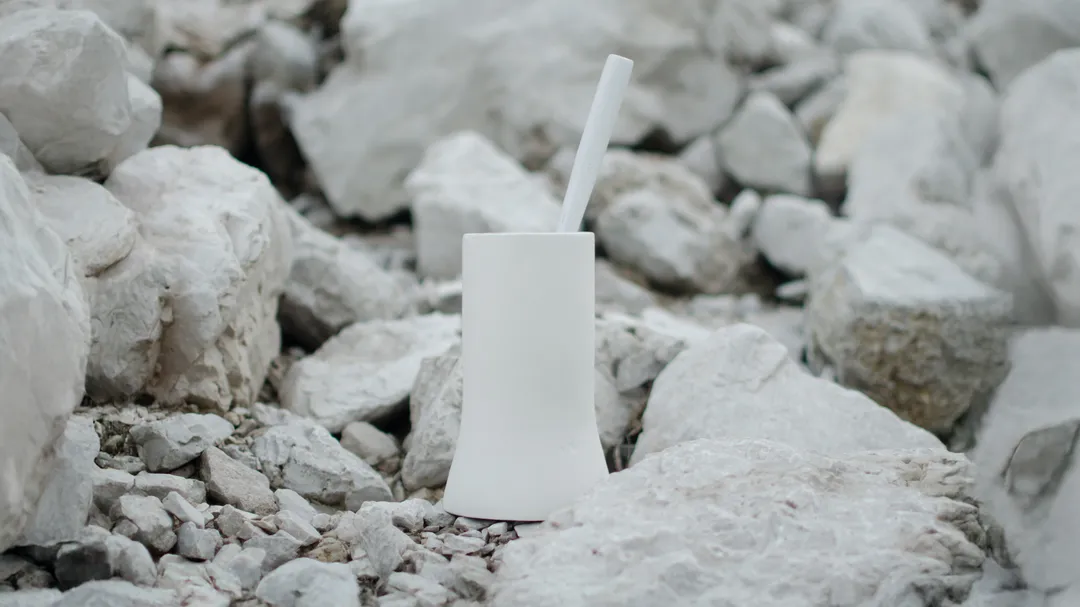Microalgae On The Moon

The domed extraterrestrial habitat contains a technological forest of artificial trees that rotate to follow the sun, and in which the green liquid of microalgae flows.
Design is now playing a key strategic role in Space to enhance the well-being of extraterrestrial habitats and to propose new virtuous, sustainable Space Design scenarios to strengthen the relationship between humans and nature in a confined environment, deprived of natural sensory stimuli and, above all, with reduced gravity.
At present, all the efforts of the space agencies are concentrated on the development of lunar base projects, which will be the first outpost on our satellite. The most recent proposals focus on the use of in-situ resources, such as regolith, adapted to the new environmental characteristics. A fundamental issue will be the complete self-sufficiency of the base, which will have to function as a living organism capable of generating and fully recycling its resources.
On the lunar surface, the use of microalgae represents an opportunity of great relevance for Space Design, especially when used in innovative applications that go beyond the traditional functional and nutritional aspects, also integrating psycho-physiological and emotional dimensions, with the aim of recreating an authentic symbiotic relationship between humans and nature.
![[object Object]](/_astro/G06_Lunavera_4.CMNvGjNM_ZncHml.webp)
Lunavera’s intention is to create an environment that supports a deep connection to the new lunar biology and to fellow lunar inhabitants, while at the same time providing a necessary disconnection from everyday activities, often facilitated by natural experiences on Earth and currently absent on the Moon.
The installation-greenhouse proposed for the Moon Village includes an inflatable pavilion enclosing a forest of vertical bioreactors, as well as a space dedicated to recreational activities.
Each technological tree integrates natural and synthetic biological functions for the cultivation of microalgae. The trees are organised in a hexagonal grid structure, optimising the production density and light-gathering capacity. A simple mechanism allows each tree to bend and rotate to face the sun, maximising the natural light harvested.

















